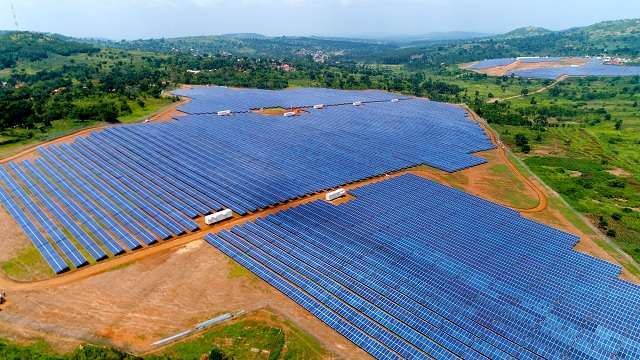
Kampala, Uganda | THE INDEPENDENT | The Ministry of Energy and Mineral Development has drafted an ambitious road map for the transformation of the energy sector from dependence on Biomass to modern forms of energy.
Under the new policy, quality solar and electric pressure cooking technologies will be cheaply promoted for homesteads to generate their own electricity and sell the surplus to government for transmission to under-served areas.
Solid cooking biomass such as charcoal will be packed, branded and sold in Kilograms as opposed to the current voluminous bags as communities will be given incentives to engage in charcoal farming among others.
It is hoped the implementation of the new Policy repealing the National Energy Policy 2002 will usher in universal access to clean sources of energy for all Ugandans by the year 2030.
Dr James Banabbe Isingoma, the acting Director Energy Resources Development in the Ministry of Energy and Mineral Development says the new road map will also encourage charcoal farming among communities. It will also introduce cheap electric pressure cookers for rural communities as alternative to firewood and charcoal.
Dr Banabbe says the Policy prioritizes the utilization of the surplus electricity generated from Hydro Power Dams and Solar Photovoltaic stations in agriculture processing, storage and industrial parks.
The other hook in it is the introduction of a framework for enforcing standards and quality of solar technologies imported into the Country to encourage development of over-the-roof off-grid Photo Voltaic generation stations among communities.
Households with solar-generated surplus electricity will be compelled to sell them to the National supply grid for connecting the under-served populated rural areas.
Simon D’Ujanga, the State Minister for Energy and Mineral Development says the Policy is government signature programme for implementation of some of the critical International Frameworks envisioned under the Sustainable Development Goals, Climate Change Conventions and the National Development Plan and the Uganda Vision 2040.
D’Ujanga said the Policy will be financed using a mixture of Public Funding and the Public-Private Partnership modules and pure private investments.
The road-map also speaks of making liquid gas for cooking much more accessible, affordable and standardized for Ugandans in and outside urban centres, labelling imported vehicles in accordance to their energy consumption in view of improving efficient utilization of energy.
Dr Geoffrey Bakkabulindi, an Energy Policy Analyst at the Ministry says to lift the majority of the population from using charcoal cookstoves, the road-map seeks to promote the use of ethanol in Cooking, Biogas Digesters, Liquid Petroleum Gas and Solar alongside cheap domestically engineered efficient solar energy cookstoves.
Dr Bakkabulindi says the 2002 National Energy Policy ramped up clean energy generation from 317 Megawatts of electricity in 2002 to 1,182 Megawatts in May 2019 with peak demands standing at 650 Megawatts of electricity.
While majority of the generated electricity is consumed in industrial parks, government says implementation of the new Policy will increase domestic utilization through promotion of hybrid Solar Home Systems for value addition in the agriculture sector and domestic consumption.
Some of the fundamental challenges in Uganda’s Energy Sector relate to the use of inefficient Klins in the production of Charcoal for Cooking, the major source of biomass energy for more than 88 percent of the population. New Klins including Casamance, Retorts and Hoffman Technologies have been identified among efficient biomass conversion technologies for production of Charcoal in Uganda.
Data available at the Ministry says the 2002 National Energy Policy increased access to electricity from 5 percent in 2002 to 28 percent in 2019 alongside reducing power losses along transmission lines from 35 percent to 17.4 percent.
******
URN
 The Independent Uganda: You get the Truth we Pay the Price
The Independent Uganda: You get the Truth we Pay the Price



